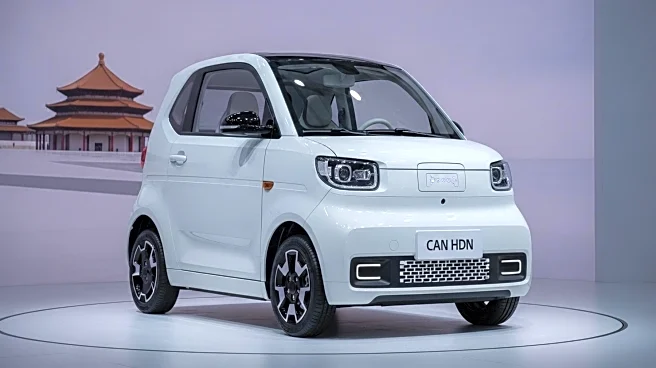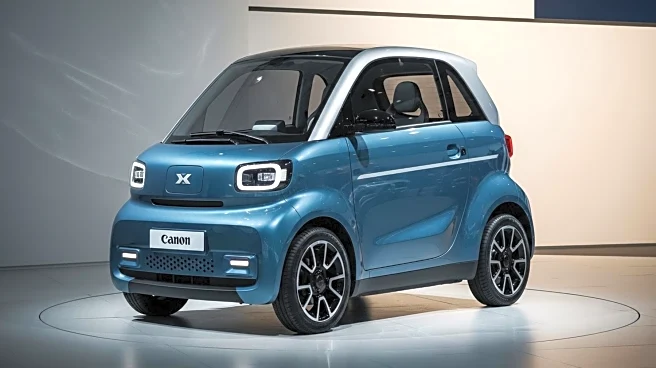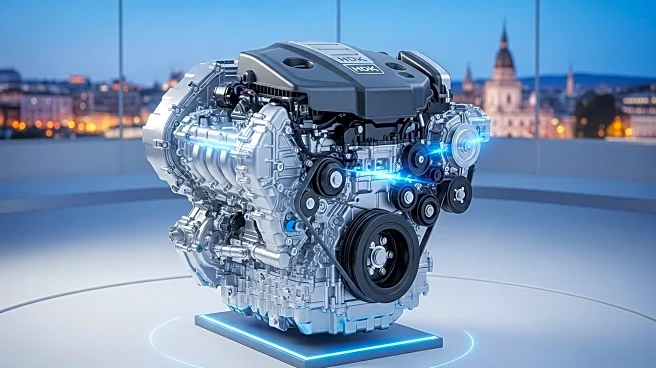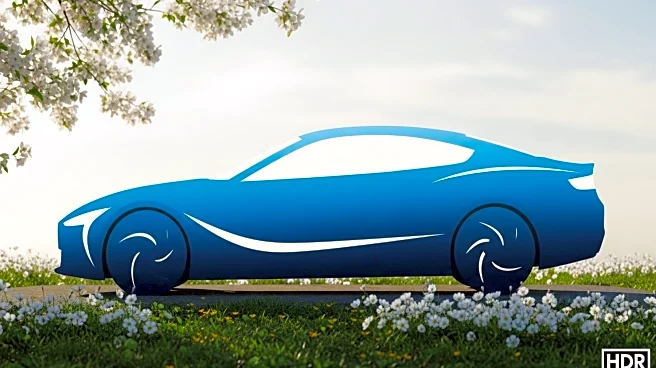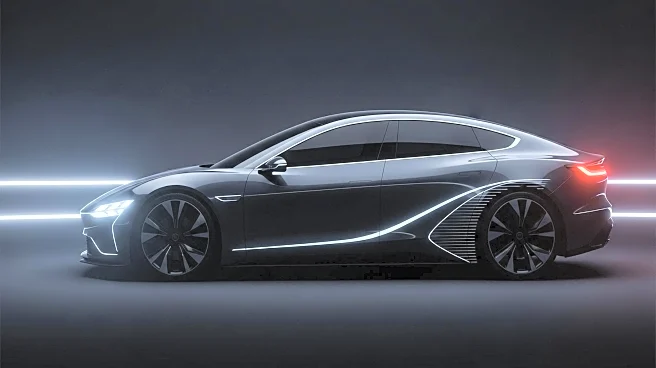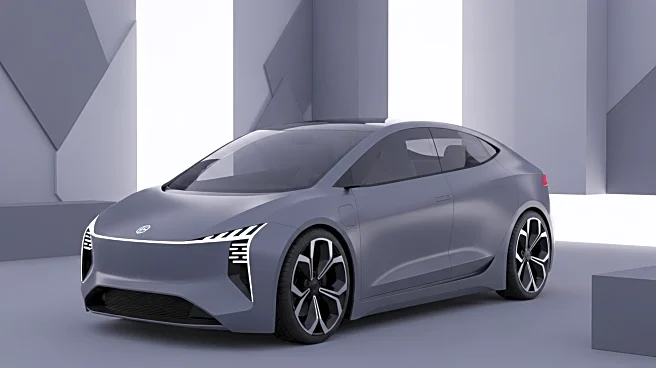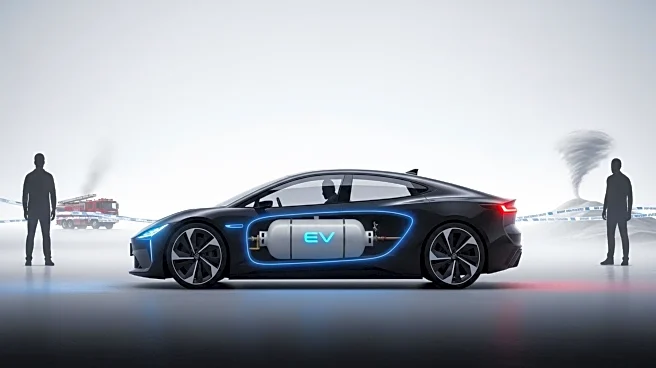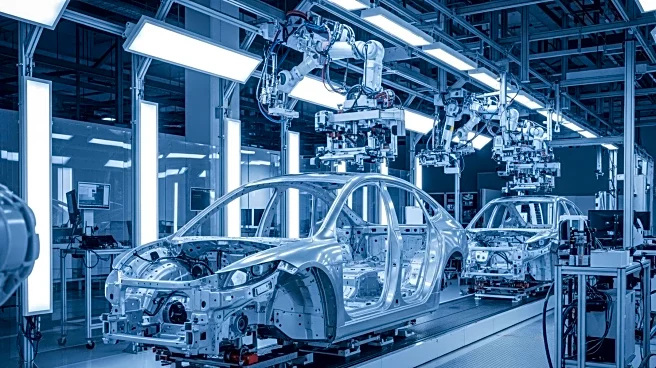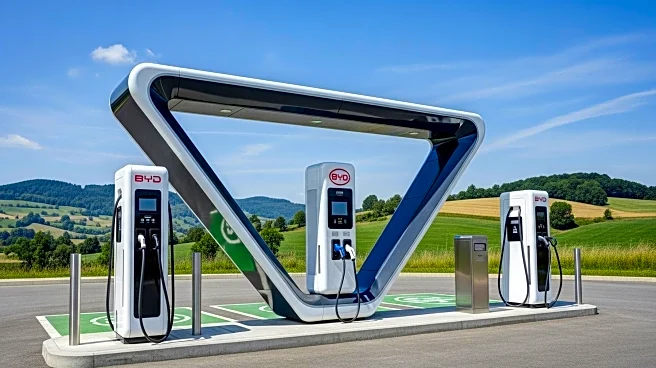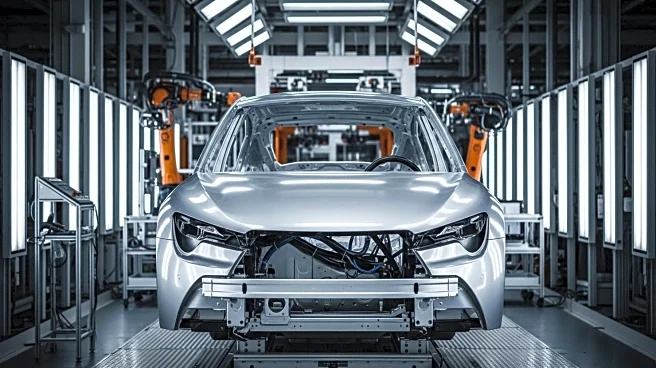What's Happening?
Dacia, a brand under the French automaker Renault, has introduced a prototype for a new electric vehicle (EV) called the 'Hipster Concept.' This vehicle is designed to be ultra-compact, featuring a box-like design and priced under €15,000 ($17,608). The Hipster Concept aims to offer a spacious interior for four adults, with unique features such as vertical windows, a smartphone docking station, and a practical strap instead of traditional door handles. This launch comes as Renault and Stellantis advocate for the European Union to relax regulations on small car production, hoping to revive the popularity of compact vehicles similar to Japan's Kei cars.
Why It's Important?
The introduction of the Hipster Concept by Dacia could significantly impact the European EV market, particularly in the affordable segment. By offering a low-cost alternative, Renault aims to compete with Chinese automakers like BYD, Leapmotor, and Nio, who have been gaining traction in Europe with their budget-friendly EVs. The move could potentially shift market dynamics, providing consumers with more options and possibly driving down prices. This development is crucial as the average price of new vehicles in Europe has increased by 77% from 2010 to 2024, outpacing household purchasing power. The success of this prototype could influence other automakers to focus on affordable EVs, thereby broadening the market and accelerating the transition to electric mobility.
What's Next?
As Renault and Stellantis continue their campaign for regulatory changes, the automotive industry may see a shift towards more compact and affordable vehicles. If the European Union responds favorably, it could lead to increased production and availability of small EVs, catering to a wider audience. Additionally, the competition between European and Chinese automakers is likely to intensify, potentially leading to innovations and improvements in EV technology and affordability. Stakeholders, including consumers and environmental groups, will be closely monitoring these developments, as they could have significant implications for sustainable transportation and market competition.

